Hyundai and Kia’s ‘Active Air Skirt’ technology is designed to reduce the drag coefficient and consequently improve the range of electric vehicles.
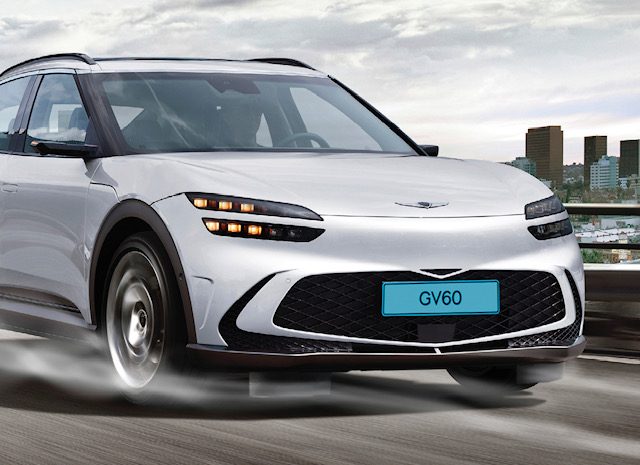
In EV powertrains, the frictional losses are minimal, so two of the major factors that affect range are the rolling resistance of the tyres and the air resistance of the vehicle itself. Even small improvements to the drag coefficient returns substantial gains in terms of range. Keeping this in mind, Hyundai and Kia have developed a system called the ‘Active Air Skirt’. We can think of this as a deployable spoiler in reverse, where the goal of the system is to reduce drag instead of increasing downforce.
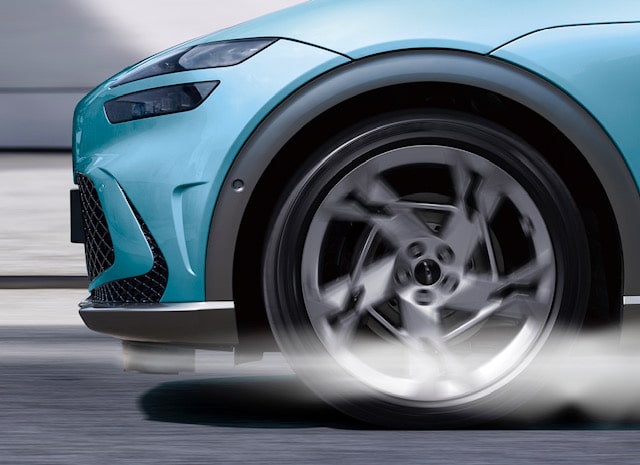
The Air Skirt deploys at 80 km/h when the aerodynamic resistance becomes greater than the air resistance. The system can be operated at speeds of up to 200 km/h, and once the vehicle reaches speeds of 70 km/h or below, the skirts are stowed away. The Korean carmakers have coated the bottom portion of the skirts themselves with rubber to increase durability. The skirts only cover a part of the front tyres and not the entire front apron as the E-GMP platform already has a completely flat underbelly.
While testing the system on Genesis GV60, the drag coefficient went down by 0.008, an improvement of 2.8 per cent, which in turn increases the range by approximately 6 km. On the face of it, the gains may appear to be small but this is expected to be used in conjunction with Hyundai and Kia’s other technologies, such as rear spoilers, active air flaps, wheel air curtains, wheel gap reducers and separation traps. Hyundai’s Ioniq 6, employing the aforementioned technologies has achieved a Cd of 0.21 – one of the best in the world.


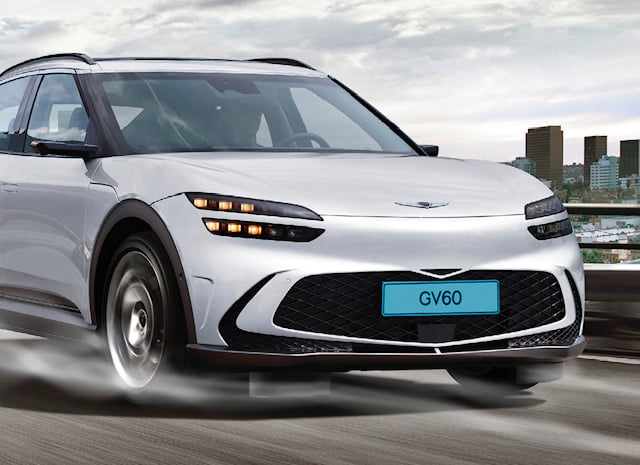










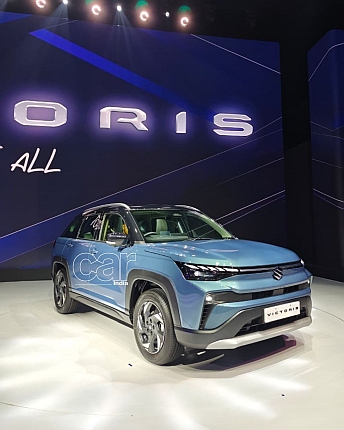
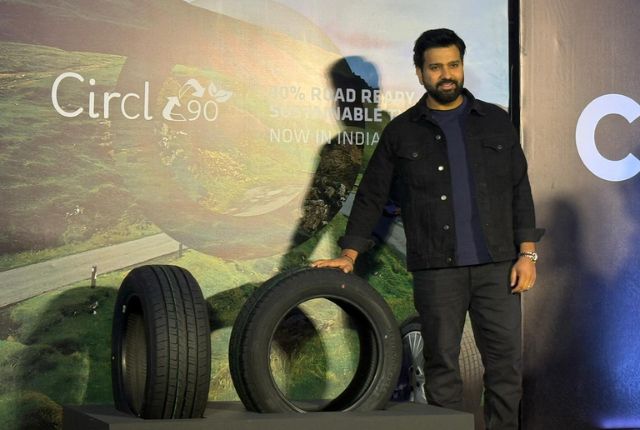
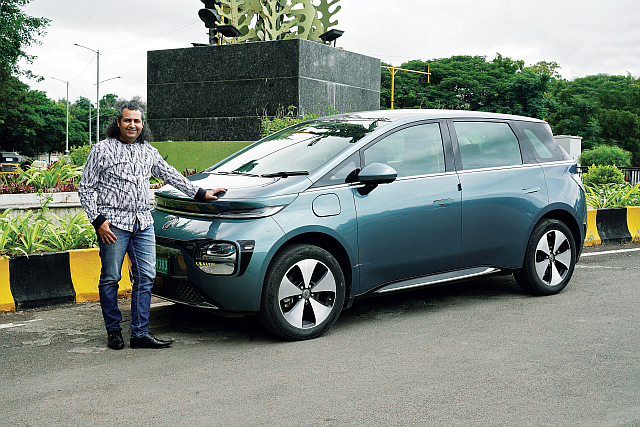
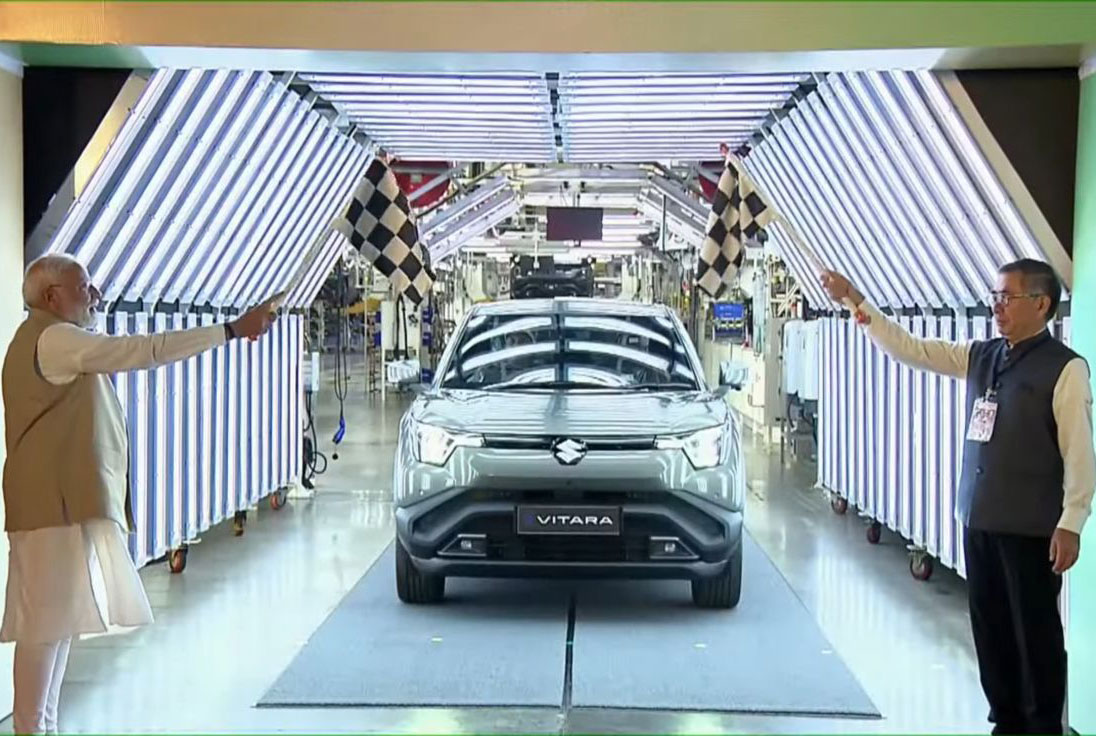
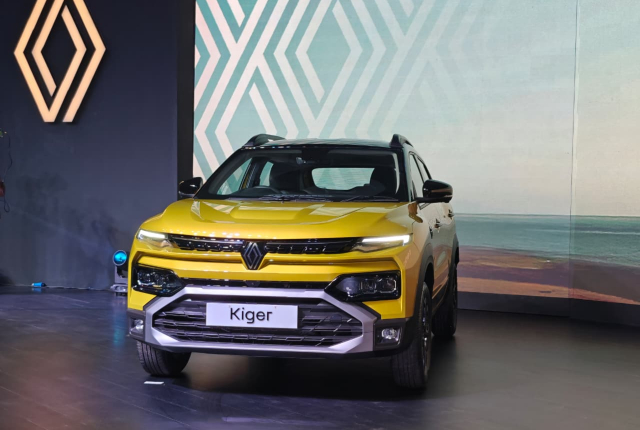



Leave a Reply